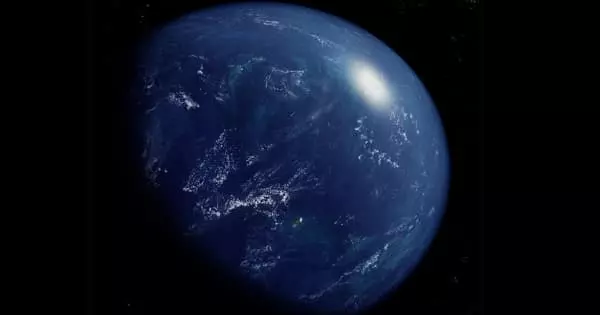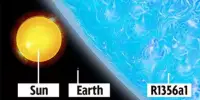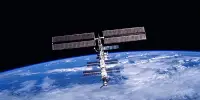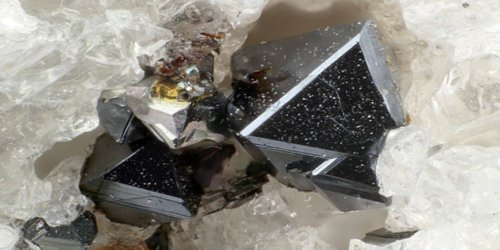Reanalysis of photos acquired by the New Horizons spacecraft in 2015 found mountains on Pluto, at least one of which rises higher than any on Earth outside the Himalayas. These peaks are unlike anything else in the Solar System, and planetary scientists believe they are made of frozen ammonia, nitrogen, methane, and water ice rather than rock. Despite this, little is known about their beginnings. Pluto is so small and far from the Sun that it was once thought to be completely frozen. However, New Horizons’ complicated geology, which includes the lack of impact craters in some sections of the dwarf planet, suggests that recent geological activity has changed some locations.
Planetary scientists have spent the last seven years attempting to decipher the photos captured as New Horizons flew by, as well as the processes that created what we see. Sputnik Planitia, Pluto’s greatest visible feature, is an ice sheet about 1,050 kilometers (620 miles) across that is thought to fill an ancient impact basin. It has large rises on its flanks, which are made up of several small hillocks. The largest, to the south-west, is 7 kilometers high (4.2 miles) and roughly 225 kilometers (135 miles) wide, according to a thorough research published in Nature Communications.
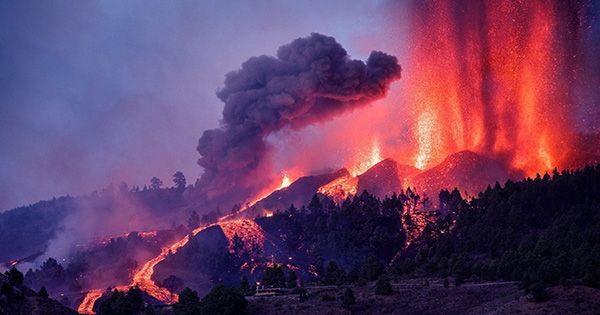
Piccard Mons is the name of the largest peak, but it was dark when New Horizons took its most detailed photographs. As a result, the paper focuses on Wright Mons, which may be seen immediately before sunset in the area. Both are ice volcanoes, according to Dr. Kelsi Singer of the Southwest Research Institute and colleagues, but rather than being generated in a single dramatic eruption, they are likely the result of several smaller outbursts occurring close together. Other, lower mountains are nearby, but the condition of their volcanic activity is unknown.
Wright Mons is 4 kilometers (2.49 miles) high and 150 kilometers (93.2 miles) broad, with an interior volume similar to Hawaii’s Mauna Loa, which is significantly larger than Everest but is located below sea level. Wright and Piccard, on the other hand, may have originated from many eruptions that were so close together that the mountains blended to form the hillocky pattern. The lack of impact craters in the area shows that it was recently resurfaced. If that’s the case, Pluto has preserved enough heat to fuel such eruptions, most likely from an interior ocean made up of a slushy mixture of water, ammonia, and other antifreeze.
Nonetheless, it is a mystery how this ocean existed, let alone had the energy to create such eruptions. Pluto’s surface temperature is -230o C (-382o F), indicating that it does not receive much warmth from the Sun. Because of the heat generated by radioactive decay, the Earth’s core is molten, while Pluto’s stony core should not contain enough radioactive elements. After Charon’s birth in a big impact, tidal interactions between Pluto and Charon would have given a heat source, but this, too, is considered to have gone away as the distance between the two objects rose.
Nonetheless, the evidence for recent activity is too compelling to dismiss; something generated the energy that caused these ice mountains to rise. Piccard and Wright had large depressions around their tops, which scientists found perplexing. These resemble calderas found in Earth or Mars volcanoes, although they are far larger, especially in comparison to the peaks that surround them. The knobbly “walls” of these craters, Singer concluded, are the many peaks generated by a sequence of minor eruptions, not the contour of a single cladera.
Despite the fact that the pair were considered candidates for ice volcanoes shortly after New Horizon passed, it’s taken this long to figure out what we know about them, partially because we didn’t have a decent view of Piccard. Furthermore, the area’s complex geography has been difficult to comprehend. Ceres proved that just because you’re not a planet doesn’t mean you can’t be full of surprises.

